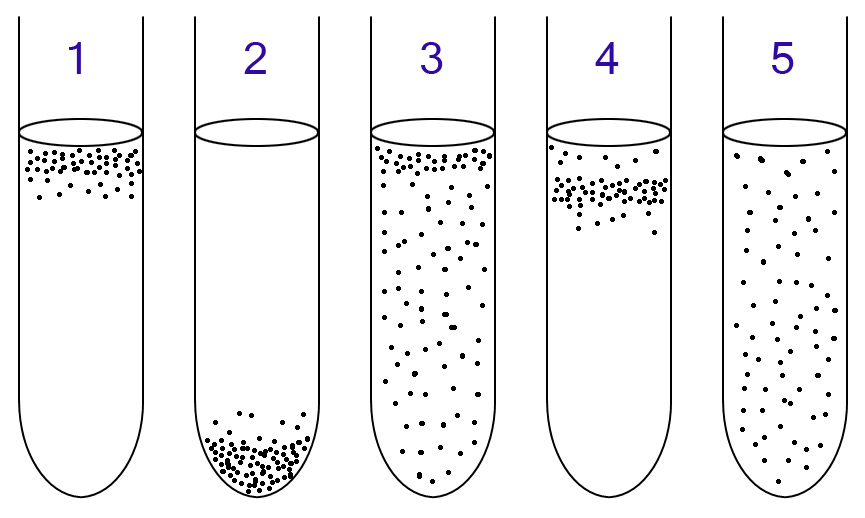Obligate
ok. So I’v been blocked on the gRift for weeks. Despite having a complete draft last May, I’ve been word smithing and formatting the documents for over a year. They were actually finalized on April Fools, but yet I’m still frozen. I’ve only just realized that there are 3 things holding me up. The first is the the ‘contract’ I constructed to go with the invitation. In the ‘contract’, I use the word ‘obligation’ — while it really is a very nice word — I worry it will undermine or over-articulate the gift/grift confusion I’m trying to play with.
an act or course of action to which a person is bound; a duty or commitment.
a debt of gratitude for a service or favor
The popular meaning of the term “obligation” is a duty to do or not to do something. In its legal sense, obligation is a civil law concept. An obligation can be created voluntarily, such as one arising from a contract, quasi-contract, or unilateral promise. An obligation can also be created involuntarily, such as an obligation arising from torts or a statute.
in biology: an obligate species must occupy a certain niche or behave in a certain way in order to survive (it is obligated to live only there or else it will die). In biology, the opposite of obligate is facultative, meaning that a species is able to behave in a certain way and may do so under certain circumstances, but that it can also survive without having to behave this way.
I just love this diagram illustrating ways differently abled species populate
the oxygen-rich (aerobic-top) to oxygen-poor (anaerobic-bottom) gradient of a column.
Aerobic and anaerobic bacteria can be identified by growing them in test tubes of thioglycolate broth:
1: Obligate aerobes need oxygen because they cannot ferment or respire anaerobically. They gather at the top of the tube where the oxygen concentration is highest.
2: Obligate anaerobes are poisoned by oxygen, so they gather at the bottom of the tube where the oxygen concentration is lowest.
3: Facultative anaerobes can grow with or without oxygen because they can metabolise energy aerobically or anaerobically. They gather mostly at the top because aerobic respiration generates more ATP than fermentation.
4: Microaerophiles need oxygen because they cannot ferment or respire anaerobically. However, they are poisoned by high concentrations of oxygen. They gather in the upper part of the test tube but not the very top.
5: Aerotolerant anaerobes do not require oxygen as they use fermentation to make ATP. Unlike obligate anaerobes, they are not poisoned by oxygen. They can be found evenly spread throughout the test tube.
The invitees will respond however they navigate wherever they navigate in the ecosystem of this project! Moot!
